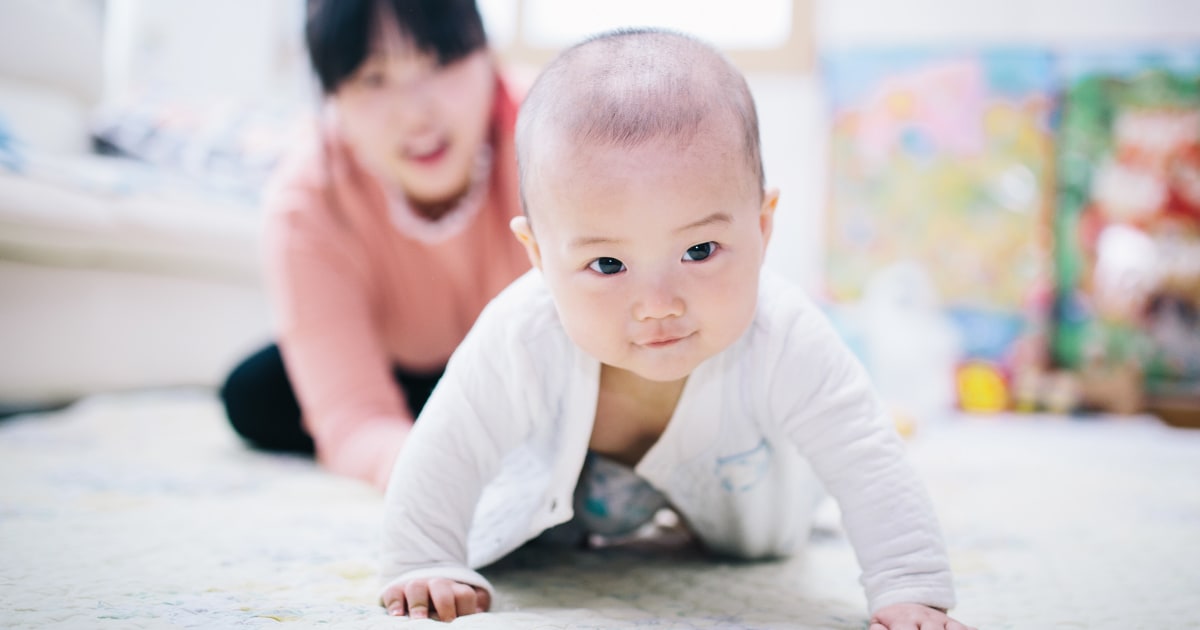South Korea’s Birth Rate: Understanding the Surprising Turnaround After Nearly a Decade
For the first time in nine years, South Korea is witnessing an unexpected increase in its historically low birth rate. This shift raises questions about the factors influencing this change and its potential implications for the nation’s future. With the country having grappled with one of the lowest fertility rates globally, the recent uptick in births marks a significant turning point that demands careful examination.
The Context of South Korea’s Birth Rate Challenge
South Korea has long been in the spotlight for its declining birth rate, which, as of 2020, had fallen to a staggering 0.84 children per woman, one of the lowest figures in the world. This phenomenon has been attributed to various socio-economic factors, including:
- High Cost of Living: The financial burden of raising children in urban areas has deterred many young couples from starting families.
- Work-Life Balance: South Korea’s demanding work culture often leaves little room for family life, making it challenging for parents to manage both careers and childcare.
- Changing Gender Roles: As women increasingly pursue higher education and careers, traditional expectations regarding motherhood and domestic responsibilities have shifted.
- Housing Concerns: Skyrocketing housing prices in cities like Seoul further complicate the decision to have children.
These factors have created a complex landscape, leading to a prolonged decline in birth rates that many policymakers have struggled to address.
Analyzing the Recent Increase in Birth Rates
Despite the long-standing trend of declining birth rates, recent reports indicate a slight increase, sparking interest and optimism among experts and policymakers. Some of the contributing factors to this turnaround include:
- Government Initiatives: The South Korean government has implemented various programs aimed at making parenthood more appealing. These initiatives include financial incentives for families, subsidized childcare, and parental leave policies that encourage both parents to participate in child-rearing.
- Changing Societal Attitudes: A gradual shift in cultural perceptions surrounding family life has emerged, with younger generations increasingly valuing the importance of family and child-rearing.
- Health and Wellness Trends: An increasing focus on health and wellness, along with advancements in reproductive health technologies, has made it easier for couples to conceive.
- Economic Recovery Post-Pandemic: As South Korea navigates the economic repercussions of the COVID-19 pandemic, some families may feel more financially secure, enabling them to consider expanding their households.
These factors converge to create an environment where families feel more supported and empowered to make the decision to have children.
The Role of Government Policies in Shaping Family Life
The South Korean government has recognized the urgent need to address its declining birth rate, leading to the implementation of several comprehensive policies designed to support families. These policies can be categorized into a few key areas:
Financial Support
One of the most significant changes has been in the realm of financial incentives. The government has introduced various subsidies, including direct cash payments to families upon the birth of a child, childcare allowances, and tax benefits aimed at reducing the financial burden on parents.
Parental Leave Reforms
South Korea has also made strides in enhancing parental leave policies. By extending paid leave for both mothers and fathers, the government encourages shared responsibilities in childcare, which can alleviate some of the pressure on women who traditionally bear the brunt of parenting duties.
Childcare Accessibility
Improving access to affordable and quality childcare has been a cornerstone of the government’s strategy. By increasing the number of subsidized daycare centers and providing incentives for private facilities, the government aims to make it easier for parents to balance work and family life.
Implications of the Birth Rate Turnaround
The increase in birth rates in South Korea raises several important implications for society, the economy, and public policy. As families grow, several areas will need to adapt:
- Economic Growth: A higher birth rate may lead to a larger workforce in the future, which can stimulate economic growth and mitigate the effects of an aging population.
- Education Sector Adjustments: An increase in the number of children will necessitate adjustments in the education sector, requiring more schools and educators to accommodate a growing student population.
- Urban Planning and Housing: Policymakers may need to consider urban planning strategies that create family-friendly environments, including more parks, family housing options, and community spaces.
Future Outlook: Can the Trend Continue?
While the current increase in South Korea’s birth rate is encouraging, it is essential to recognize that sustained growth will require ongoing commitment from both the government and society. Key areas of focus should include:
- Continued Support for Families: Maintaining and enhancing support systems for parents will be crucial in fostering a family-friendly environment.
- Addressing Work-Life Balance: Companies and organizations must prioritize policies that allow for flexible working arrangements and promote a healthier work-life balance.
- Community Engagement: Encouraging community involvement and support networks for families can create a sense of belonging and shared responsibility.
As South Korea navigates this unexpected turnaround in its birth rate, it stands at a crossroads where the choices made today will shape the nation’s demographic landscape for generations to come.
Conclusion
South Korea’s recent increase in birth rates after nearly a decade of decline is a surprising yet hopeful development. It reflects a combination of improved government policies, changing societal attitudes, and economic factors that could lead to a more favorable environment for families. By continuing to nurture this trend, South Korea has the potential to reverse its demographic challenges and pave the way for a brighter future.
See more CCTV News Daily



